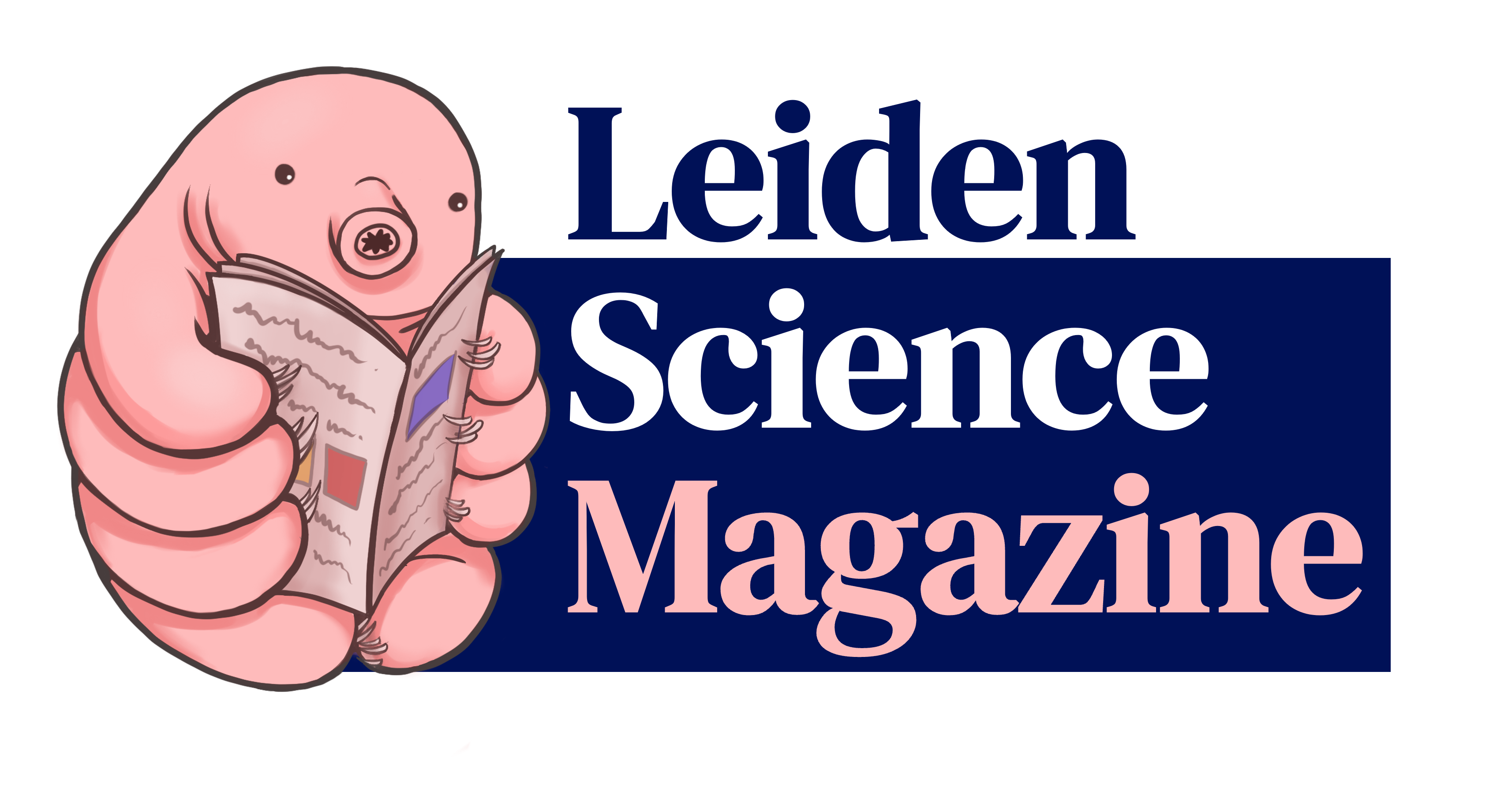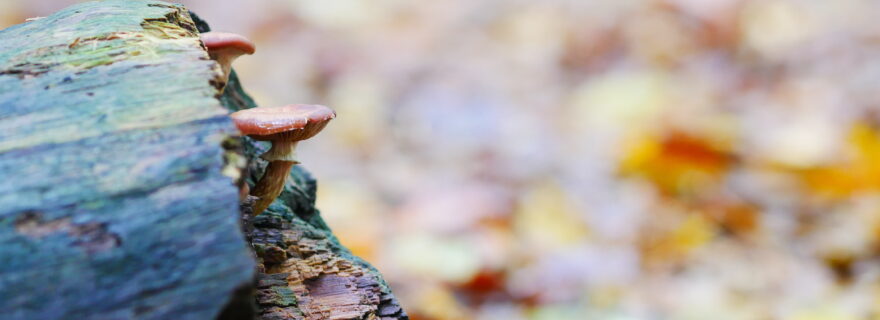A Fungal Future?
In recent years it has become quite apparent that most of the materials we use are not sustainable. They are either non-degradable, their production process is extremely polluting or sometimes both are true.
Yet we continue to need these materials in our everyday life. To store and transport our food we wrap it in plastic, which is energy-intensive to produce, non-biodegradable and has negative effects on the environment1. We use concrete for high buildings, despite the high amount of raw materials, greenhouse gas emissions, energy consumption and disruption of the ecosystem needed to make it2. And even though cheap clothing leads to massive amounts of (plastic) waste in landfills, human distress, harmful farming and polluted water, we still demand new clothes.
All of these materials have also brought us positives. Because we can store food longer, we can bring it to places with less food availability. These higher buildings allow us to take up less floor space, to allow more room for everything else we share this planet with. Cheap clothing oftentimes is the only option low-income people have when they need it.
A Different Material
While reducing, reusing and recycling would help lessen the negative impacts on our planet, alternative materials with the same qualities, but without the consequences would be much better. A possibility for this alternative material can be found on the sandwich you left in your backpack for too long, or on the forest floor: fungi.
Fungi
Fungi are an interesting group, having characteristics that make them float somewhere in between animals, plants and bacteria. Though they mostly are described as animal cells with thick plant cell walls. They come in a lot of different shapes. The ones growing on your roommates dishes beautifully show off the shape multicellular fungi take on: mycelium. The fungus’ long cells form branches called hyphae that spread over whatever food it is growing on. Once the food runs out, some of these cells start dividing upwards, eventually turning into a fruiting body that produces spores, which will be taken by the wind to sprout and grow in another place. With a select group of fungi, this fruiting body has become so large that we can easily see it: mushrooms.


Farmers will grow mushrooms by adding the spores to a mixture of different plant remains, usually pure straw or sawdust, letting them grow for a few weeks after which they can harvest them. During this process, the mycelium starts to grow through the entire organic layer, slowly degrading the old plant structures. The products formed during this degradation will become rather sticky, acting like a glue between the non-degraded parts of the material. Due to the hyphae the material will be kept together.
Production of Fungal materials
This process is the basis for the potential material of the future: fungal materials. It is grown on plant waste, for example on parts of crops we do not eat. Depending on the type of plants and the type of fungus, it can have many different qualities. It would be able to replace materials such as plastics, wood, concrete and fabrics, and many more. Because fungi can produce pigment, the material may produce its own colours in the future, so there is no need for harmful dyes with waste water. Not only that, if the fungus’ growth is stopped at the right time it can even act as a CO2-sink, meaning it will take up more CO2 than it produces3. Last but not least, because it is made of fully organic material, it is also biodegradable.
The cons
Unfortunately, its biggest strength is also its biggest weakness: it is fully biodegradable. You do not want your packaging, or your building, or your clothes to start degrading prematurely. However, you still want them to degrade at some point. What you need is some form of coating to protect it, which does not interfere with the qualities of the materials and is also sustainable to produce. An added problem is that the material can be uneven, making it difficult to apply an even coat that does not have any holes. Right now, depending on the use of the material we may coat it with resin, sometimes in combination with vegetable oil. Though this did reduce weathering effects, it sometimes could still let in moisture, which would be detrimental to the material4.
Progress
Despite the challenges, there are already some companies and initiatives around fungal materials. Ecovative being one of the oldest and most prominent ones. Founded in 2006, it has now grown to produce fungal packaging, construction materials, clothing items and is now even branching into food, using their patented technique to create a substitute meat that should be structured more like real meat.
Fungal materials have the potential to become our next big material, and with the amount of research taking place we should not be surprised to hear more about them in the upcoming years. And who knows, soon these fungal materials might be protecting your food from mold.


Sources
- Center for International Environmental Law. (2023, 21 september). The Toxic Impacts of Plastic Across its Lifecycle - Center for International Environmental Law. Center For International Environmental Law. https://www.ciel.org/the-toxic...
- Mehta, K. P. (2001, 1 oktober). Reducing the Environmental Impact of Concrete. https://www.concrete.org/publi...
- Livne, A., Wösten, H. A. B., Pearlmutter, D., & Gal, E. (2022). Fungal Mycelium Bio-Composite Acts as a CO2-Sink Building Material with Low Embodied Energy. ACS Sustainable Chemistry & Engineering, 10(37), 12099–12106. https://doi.org/10.1021/acssus...
- Van Den Brandhof, J. G., & Wösten, H. A. B. (2022). Risk assessment of fungal materials. Fungal Biology And Biotechnology, 9(1). https://doi.org/10.1186/s40694...






0 Comments
Add a comment